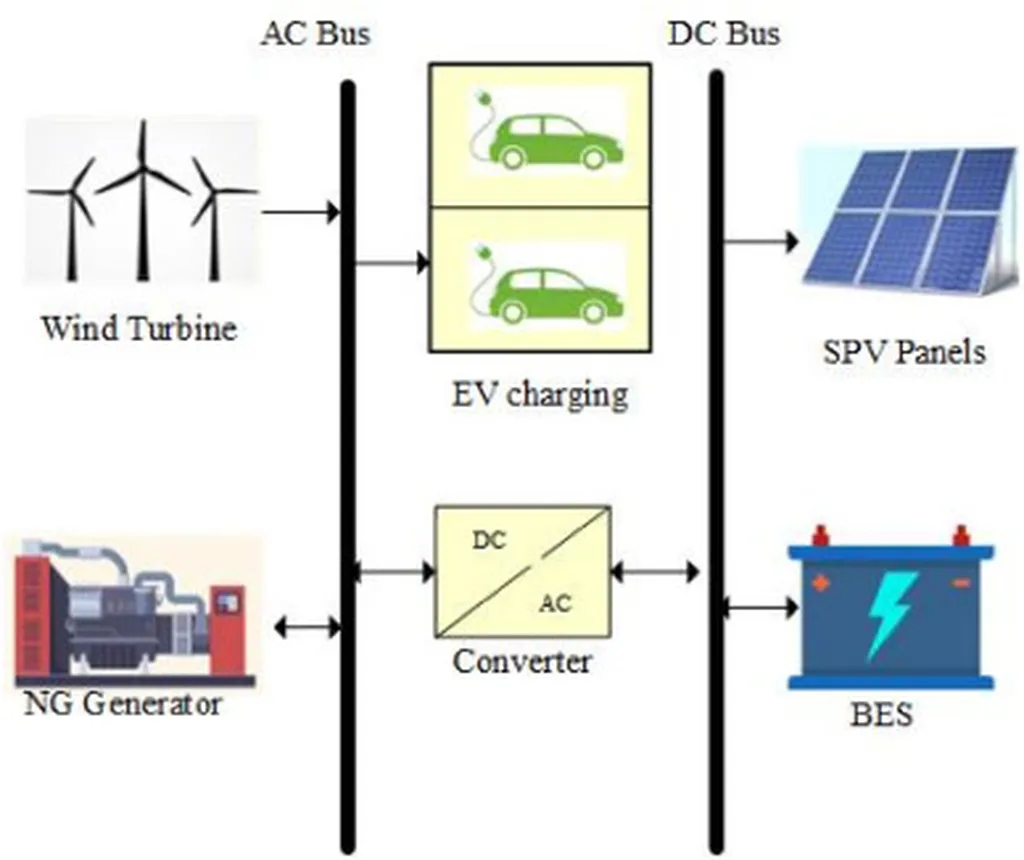In the quest to reduce carbon emissions and meet growing energy demands, the integration of electric vehicles (EVs) and renewable energy sources has become a focal point for researchers and industry professionals alike. A recent study published in the journal “Energy Conversion and Management: X” sheds light on a promising solution for regions with low wind speeds, offering a sustainable approach to powering EV charging stations.
Led by Nur Liyana Mohd Jailani from the Institute of Sustainable Energy at Universiti Tenaga Nasional in Malaysia, the research explores the techno-economic and environmental performance of a hybrid wind-grid system for EV charging stations (EVCSs). The study, which utilized HOMER software for simulation, analyzed two EV load profiles: EV Charger 1, which focuses on peak-hour consumption, and EV Charger 2, which emphasizes off-peak load shifting.
One of the key challenges addressed in the study is the intermittency of wind energy, particularly in low wind speed regions like Malaysia. To overcome this, the researchers integrated battery energy storage to store excess wind power and ensure reliability during low wind conditions. “Optimizing wind turbine parameters, including hub height, is essential to enhance power generation under such conditions,” Jailani explains.
The simulation included sensitivity analyses of various factors, such as scaled average load, turbine hub height (30 m, 45 m, 60 m), nominal discount rate (3.5%–5.5%), and inflation rate (3%–5%). The results were promising, with a renewable fraction (RF) of up to 81.23% for EV Charger 1 and a cost of energy (COE) as low as USD 0.0168/kWh for EV Charger 2. Additionally, the study confirmed significant reductions in greenhouse gas emissions compared to grid-only systems.
The findings have significant implications for the energy sector, particularly in regions with low wind speeds. By demonstrating the feasibility of deploying wind-grid-battery systems for EVCS infrastructure, the research highlights the importance of load profile management and optimized turbine selection. “This study shows that with the right strategies, wind energy can play a crucial role in powering EV charging stations, even in challenging conditions,” Jailani notes.
As the world continues to shift towards sustainable energy solutions, this research offers valuable insights into the potential of hybrid wind-grid systems. It underscores the need for innovative approaches to integrate renewable energy sources with existing infrastructure, paving the way for a greener future. The study not only contributes to the academic discourse but also provides practical guidance for industry professionals seeking to implement sustainable energy solutions in low wind speed regions.

